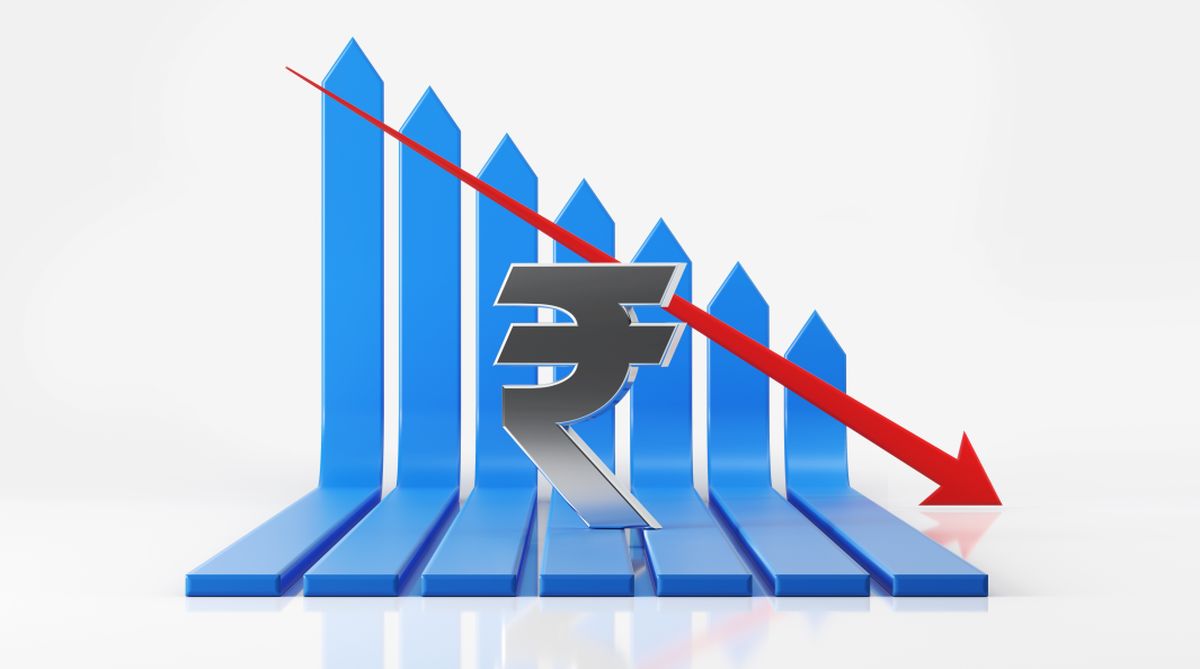India’s healthcare needs greater allocation of funds: Experts
Finance Minister Nirmala Sitharaman is expected to present the Union Budget 2024 on July 23.

(Photo: Getty Images)
Amidst several parameters going askew for the Indian economy, two ~ its current account deficit and its sliding rupee ~ are attracting the greatest outcry, more so because of the shrill assault that the present Prime Minister had launched against his predecessor during the 2013 slide of the rupee. At 72.23 to the dollar, the Indian rupee is among Asia’s worst-performing currencies with nothing on the horizon auguring well for it, particularly with there being no reason to expect a decline in oil prices.
The 2014 oil price decline had helped stabilize the rupee after the 2013 debacle. With oil imports a given, not all the cheer about improved exports spurred by a weaker rupee can do much to change India’s sharply widening trade deficit, at $17.39 billion in August 2018 (up from $12.72 billion in the corresponding month a year earlier), thanks to imports surging 25.4 per cent to $45.24 billion. India’s current account deficit (CAD) widened to $15.8 billion (2.4 per cent of the gross domestic product GDP) in the second quarter of 2018 from $14.9 billion a year earlier (2.5 per cent of the GDP).
What has been sustaining the CAD thus far are global flows, a basket of foreign direct investment and portfolio investment supported by foreign reserve management. Indeed, FDIs have been supportive of the Indian currency in the past, when global financial conditions were not as tight. Currently, portfolio investments are under pressure and the first quarter of 2018 has seen a net outflow of $8.1 billion on this account from a happy inflow of $2.3 billion inflow in the last quarter of 2017.
Advertisement
Given the current circumstances ~ including the uncertain political scenario ~ and past trends, the International Monetary Fund assesses that global markets may not be able to finance a CAD above three per cent of GDP and even optimistic projections place the CAD at 2.9 per cent of the GDP. In essence, India may well have kick-started a vicious cycle with a higher CAD putting the rupee under greater pressure, increasing costs of overseas borrowing, further affecting India’s foreign exchange reserves, which have been falling over the past few months.
India’s forex reserves fell to $ 399.282 billion on 7 September 2018 from $ 400.100 billion in the previous week. This slippage to under $ 400 billion happened for the first time in a year and indicated that the Reserve Bank of India was selling dollars to stem the fall of the rupee. A drop in foreign currency assets (FCAs) was mainly responsible for the country’s plight.
It goes without saying that falling forex reserves would send the CAD further north and force the government into uncomfortable straitjackets. It has been forced to contemplate five measures including curbs on non-essential imports. Industries dependent on some of these imports will be the first to start screaming.
Advertisement